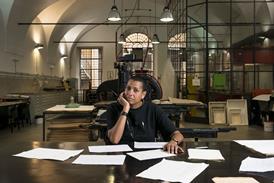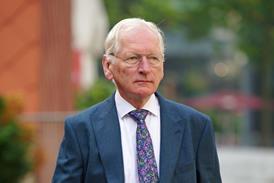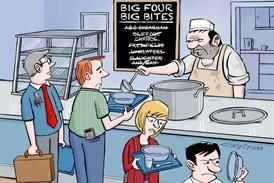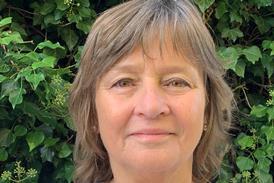Local government – Certificates of lawful use – Change of use – Deception
Welwyn Hatfield Council v (1) Secretary of State for Communities and Local Government (2) Alan Beesley: CA (Civ Div) (Lords Justice Pill, Mummery, Richards): 29 January 2010
The appellants appealed against a decision ([2009] EWHC 966 (Admin)) that the construction of a building was lawful and not in breach of planning control, and that there had been no change of use so that the four-year limit for taking enforcement action did not apply.
B had been granted planning permission by the respondent local authority for the erection of hay barn. The building was constructed with the external appearance of a barn, but fitted out internally as a dwelling. B had admitted that he deliberately deceived the council when he applied for planning permission and that he always intended to reside in the building as a dwelling. After living in the building for more than four years, B applied under section 191 of the Town and Country Planning Act 1990 for a certificate of lawfulness of existing use, on the basis that the time for enforcement action against use of the building as a dwelling under section 171B had expired. The local authority refused a certificate on the basis that the building was not a dwelling house since its external appearance was not that of a dwelling. An inspector allowed an appeal by B and granted a certificate on the basis that it was capable of being used as a dwelling house and that its actual use as a single dwelling house had commenced more than four years before the date of the application for the certificate. The judge allowed the local authority’s appeal holding that the building was not built in breach of planning control and there had been no change of use because the building had never been used except as a dwelling. B and the secretary of state argued that: (1) contrary to the judge’s finding, the building was built in breach of planning control: the planning permission was for the erection of a hay barn, whereas what was erected was not a hay barn but a dwelling house; thus the case fell within section 171B(1); (2) there had been a change of use of the building to use as a single dwelling house: the use permitted by the planning permission was use as a hay barn, but B used the building as a dwelling house; thus the case fell within section 171B(2).
Held: (1) The court should not adopt a strained construction of section 171B in reaction to the deliberate deceit practised by B or out of concern for the difficulties that such conduct created for local planning authorities in enforcing planning control. The question was whether the situation, viewed objectively, was one for which the statute had provided a four-year time limit or a 10-year time limit, Arun DC v First Secretary of State [2006] EWCA Civ 1172, [2007] 1 WLR 523 considered. If it was considered that there should be a different outcome in a case of dishonesty or deliberate concealment, it was for parliament to amend the legislation accordingly.
(2) Looked at as a whole, the physical and design features of what was built by B were those of a dwelling house, not a hay barn, Sage v Secretary of State for the Environment, Transport and the Regions [2003] UKHL 22, [2003] 1 WLR 983 applied. The internal fitting out of the building with the rooms and features of a dwelling house meant that it was built in breach of planning control. It followed that the construction of the building fell within section 171B(1) and that the four-year time limit under that subsection applied. Since, on the inspector’s findings, the building had been completed more than four years before B applied for a certificate, it was too late for the council to take enforcement action against the operational development constituted by the construction of the building.
(3) The building was permitted to be used only for agricultural storage and its use as a single dwelling house was properly to be regarded, for the purposes of section 171B(2), as constituting a change of use in breach of planning control. The application of the subsection did not depend upon establishing actual use for agricultural storage for a period, however short, before the residential use: use of the building for a purpose other than the permitted use was sufficient. An alternative way of looking at it, but with the same result, was that in the short period between completion of the building and its residential occupation the building had no use; and the change from no use to use as a single dwelling house constituted a change of use to which the subsection applied. The situation fell within section 171B(2) and was subject to the four-year time limit.
(4) Since the situation fell within section 171B(2), the local authority could not rely on the 10-year period in section 171B(3). The plain legislative intention was that, once the four-year time limit was found to apply, it displaced the 10-year time limit.
(5) There was a breach of planning control consisting in the change of use of the building to use as a single dwelling house, within section 171B(2). On that basis a four-year time limit applied and B was entitled to a certificate of lawfulness of existing use.
Appeal allowed.
Sarah-Jane Davies (instructed by Treasury Solicitor) for the first appellant; Alexander Booth (instructed by Perrins) for the second appellant; Wayne Beglan) instructed by in-house solicitor) for the respondent.



























No comments yet